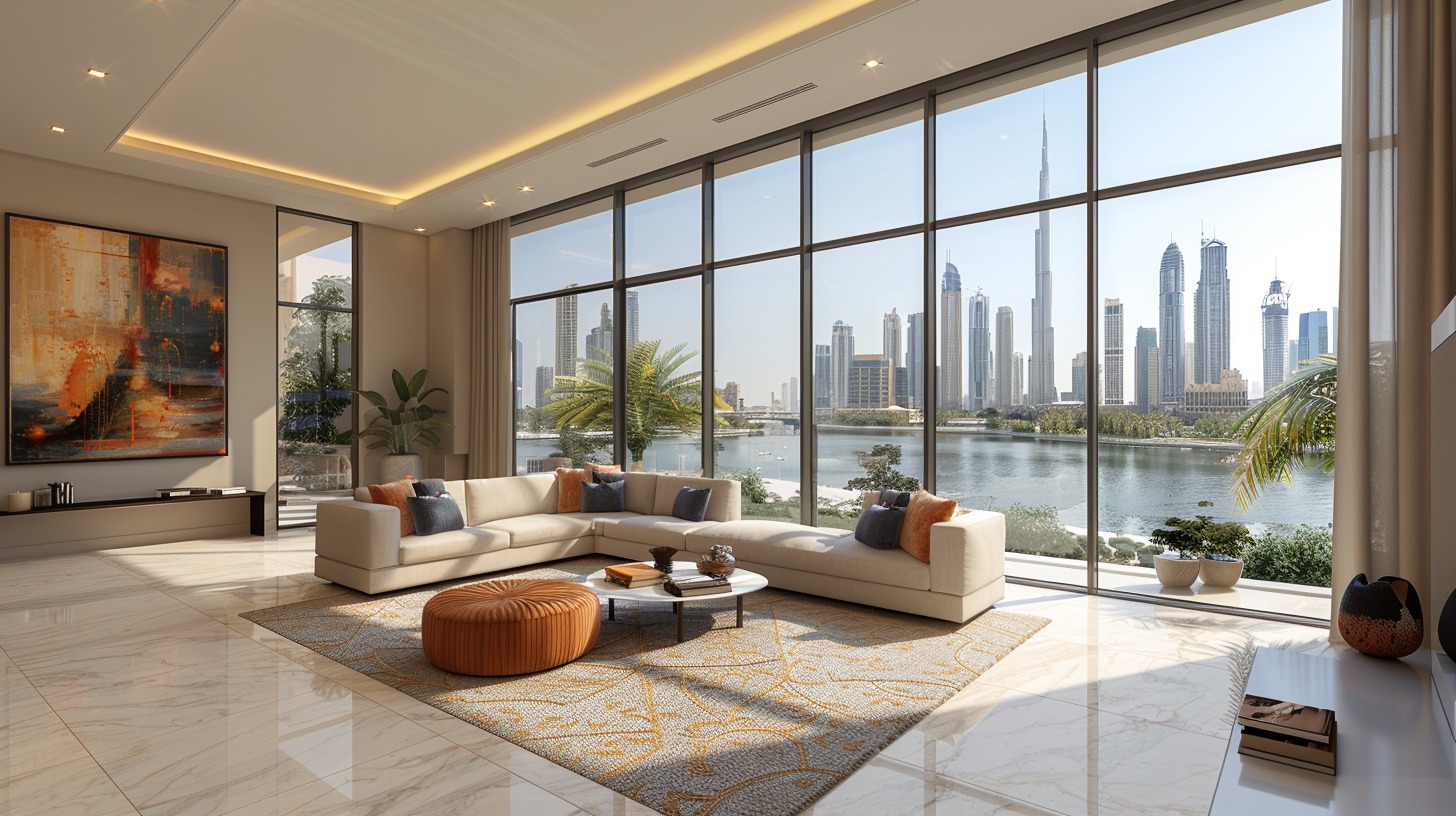Imagine touring a lavish Abu Dhabi villa or an exquisite Dubai penthouse, all without leaving the comfort of your home. Sounds too good to be true? With the support of VR and AR, applications are revolutionizing the real estate sector in the UAE through cutting-edge technology. In a country where innovation is a way of life, VR and AR are transforming property tours, offering immersive and interactive virtual experiences that make you feel as if you are physically there.
Gone are the days of simply viewing static images of luxury apartments lined up in a row. Today, you can virtually tour properties, experiencing their living spaces, light, and design firsthand.
In this text, we will explore how VR and AR are redefining real estate in the UAE. We’ll cover the basics and highlight the advantages of this technology, which has the potential to completely transform real estate photography.
Understanding VR and AR: Basics and Key Differences
Virtual reality (VR) creates an immersive artificial environment, placing the user in a contained world that allows for three-dimensional interaction beyond mere pictures on a screen. This technology acts as a gateway to a fictional universe by engaging multiple senses, including vision, hearing, touch, and even smell. The primary limitations of VR are content availability and affordable computing power.
In contrast, augmented reality (AR) overlays computer-generated images onto the real world, enhancing reality through interaction. Delivered via mobile apps, AR combines real-world elements with digital enhancements, offering volumetric interactions that allow users to perceive digital objects from different angles and depths as if they were part of the physical space.
The main distinction between VR and AR lies in their objectives and execution. VR creates a fully artificial environment, requiring dedicated headsets, while AR enriches the existing environment using smartphones, glasses, or headsets. AR typically integrates about 25% virtual enhancements with real-world elements, whereas VR provides a predominantly virtual experience, with around 75% of the surroundings being simulated.
Both VR and AR technologies have the potential to be transformative, offering new ways for people to interact with digital content and the broader world. They are reshaping industries such as real estate, enabling virtual tours and visualization of construction changes.
How VR and AR are Transforming Real Estate: Key Benefits
When we think of augmented reality (AR) or virtual reality (VR), games, shows, and social media filters often come to mind. However, these immersive technologies extend far beyond entertainment. In the real estate industry, they are revolutionizing how properties are bought, sold, and experienced.

Virtual Property Tours and Showcasing
AR and VR revolutionize property tours by allowing potential buyers to explore homes virtually, saving time and energy. AR teleportation lets buyers examine layouts from their own space, while quick 3D tours reduce the need for physical visits, benefiting both buyers and agents.
Interactive Staging and Visualization
Advancements in VR/AR technology enable virtual staging of properties, offering an affordable alternative to traditional methods. Buyers can view virtual renderings from blueprints before construction starts, aiding decision-making. AR also helps customers visualize interior design and furniture arrangements in their future homes.
Increasing Conversion
Real estate firms are using VR/AR to enhance accessibility and reduce costs, transforming customer experiences. In competitive markets, AR/VR provides a distinct edge by increasing brand exposure, improving customer experiences, and boosting conversion rates.
Adaptive Design Experiences
VR/AR technologies allow buyers to virtually personalize homes and create emotional connections through vivid images, enhancing their attachment and influencing purchase decisions.
Objective Space Evaluation
AR/VR technology revolutionizes real estate by providing a better understanding of space, room dimensions, and natural light. It allows virtual renovations and enhances property tours, benefiting buyers, sellers, and realtors.
